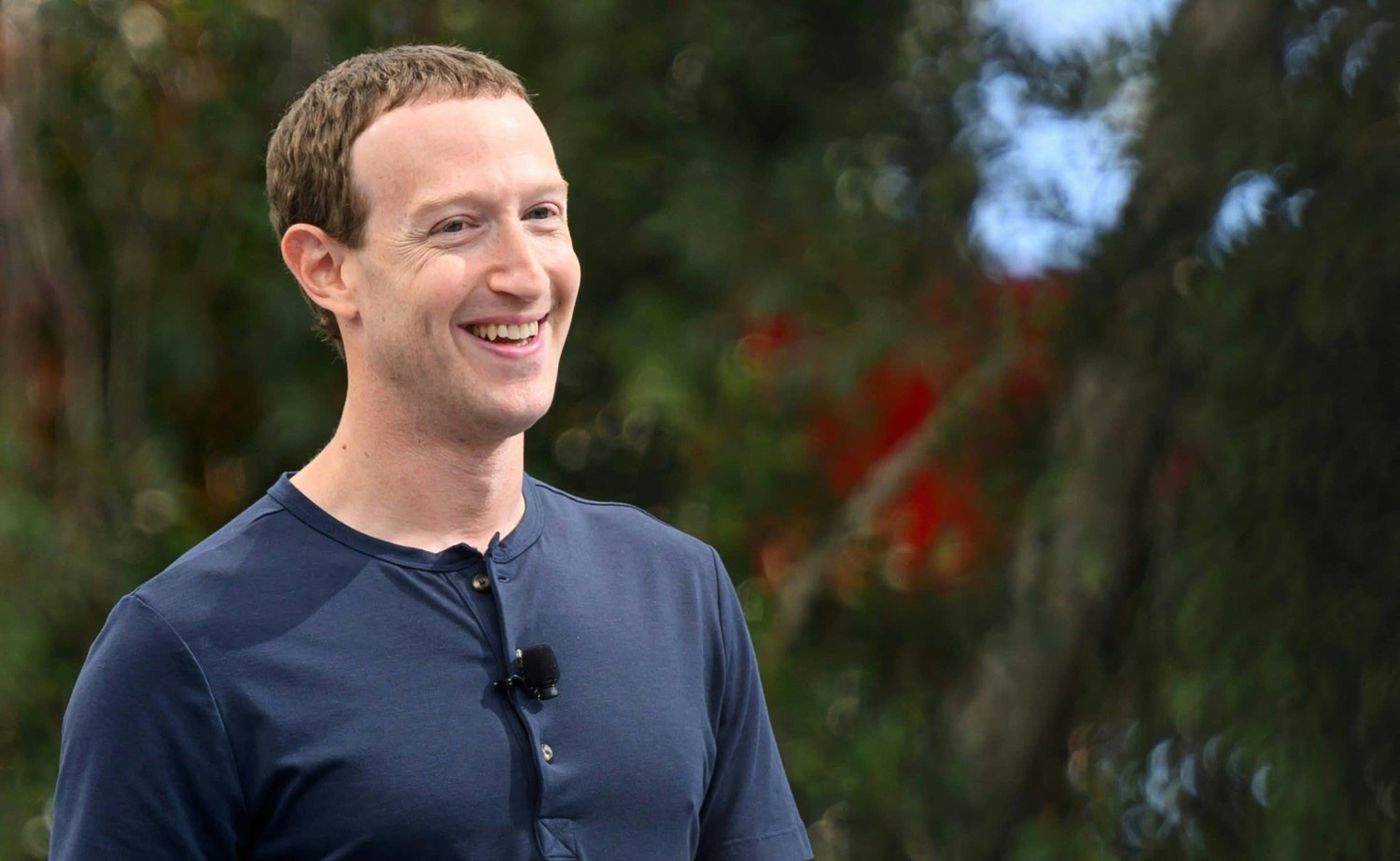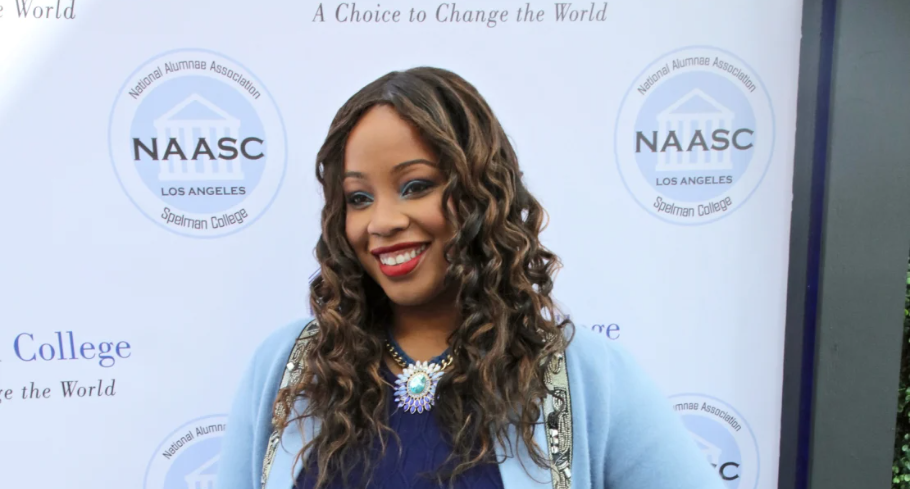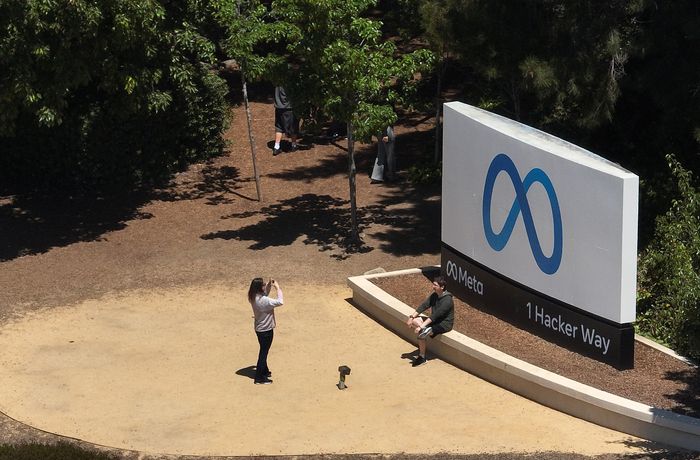This article is more than
8 year oldFacebook brings in live stream policy, but it might not be enough
First it was the age of stills, then came video in the form of live TV, and now we’ve moved on to where ordinary folks can live-stream a video that could potentially change the world. And technology companies understand this power better than anyone else. This could well be the year in which the world moved from live-tweeting to live-streaming, thanks to the big push from Facebook’s Live stream button.
This power became so much more apparent this week, when Diamond Reynolds, an African-American woman, live-streamed the shooting of her fiancé Philando Castile by a police officer. The live stream, which lasted ten minutes, would go viral and spark a new round of protests in America over police killings of black people.
And we saw the dark side of ‘live’ when at a protest in Dallas some bystanders decided to live stream police officers being shot at by a sniper. This happened during a peaceful protest against the deaths of Philando Castile and Alton Sterling, another man who was killed in police brutality.
In light of the Dallas shootings, Facebook has clarified its policy on live-streaming videos: If it violates Facebook Community Standards, users can report the live-stream and it will be taken down.

On violent and graphic content, Facebook’s guidelines state this:
“Sometimes, those experiences and issues involve violence and graphic images of public interest or concern, such as human rights abuses or acts of terrorism. In many instances, when people share this type of content, they are condemning it or raising awareness about it. We remove graphic images when they are shared for sadistic pleasure or to celebrate or glorify violence.”
The social media giant wants to make it clear: Live-stream doesn’t mean an excuse to highlight crime or images to celebrate violence.
But the problem is a little more complicated that what a set of guidelines seek to resolve. And the dilemma isn’t Facebook’s alone. Periscope, another live-streaming service owned by Facebook rival Twitter, has had two instances this past year alone where rapes have been live-streamed to audiences.
One video, which was shared on March 30, showed a woman getting raped by three men in London. The video and account were deleted in less than 24 hours. Thus Periscope has no record of the crime, even though people on Twitter reported the stream as a crime.
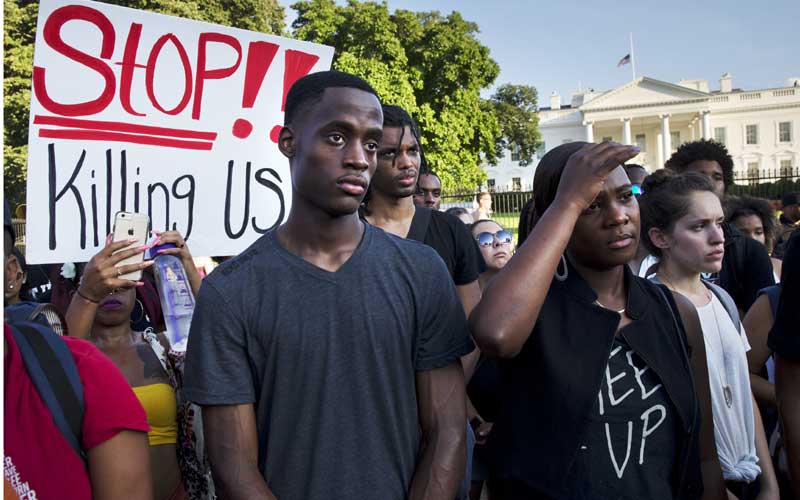
In Ohio, an 18-year-old girl was accused of live-streaming the rape of her friend on Periscope and her defense was that she got too caught up with the idea of getting more likes. She was even heard giggling and laughing as she continued recording, while her friend screamed ‘stop’ and ‘no.’
That live video stream will be used to harass women and even stream their rape to an eager audience should not come as a surprise to anyone. The Internet is not exactly known for its sensitivity towards women. And as both cases show, Periscope could actually do little about the two live streams, even though it bans explicitly sexual content.
The ‘live’ bit in the video, means that people have already seen the rape. Whether it is taken down 24 hours later or ten minutes later, doesn’t really mean much for the rape survivor in this case.
Periscope’s guidelines which ban explicit graphic content — including child abuse, animal abuse and bodily harm– failed to protect the two women, because clearly the community that was watching them was okay with two women getting raped and broadcast live.
The community is what it all boils down to when it comes to a powerful tool like Live stream. Sure a lot of people will use this to live stream their brunch or dinner party, but what happens in a volatile situation is still unclear.
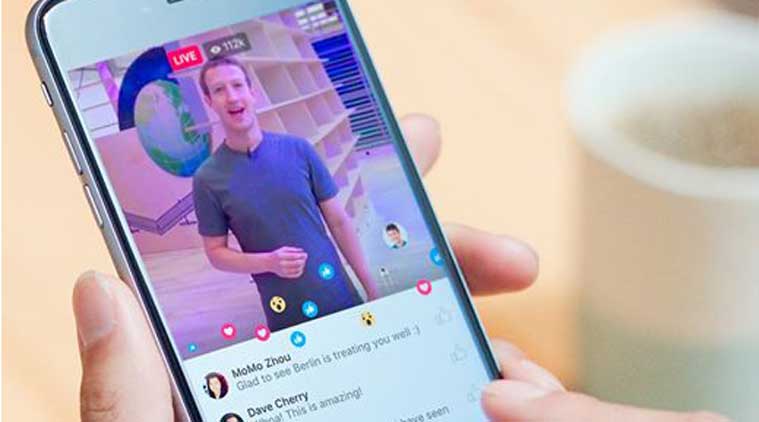
Facebook says it won’t shut down videos which raise awareness, even if they might depict violence, but governments might not take too kindly to these, especially those that show human rights violations.
Live means that video will be seen by millions of viewers because Facebook is prioritising this content. On Facebook, there are over 1.8 billion users and these videos are by default public; at the very least your friends circle will see this ‘live video’. But when something starts going viral on Facebook, it has a tendency to pop-up on more and more timelines, and grab more eyeballs.
The next time there is a student protest against a government, we could get a live stream of the protest should there be violence, say from the police. Sure there’s a chance pro-government groups will report the stream in order to shut it down, but before the whole backend process kicks in, many will have seen the video.
Or worse, during a terror attack someone might start filming the security operations live for everyone to see, putting the entire operation at risk. How quickly Facebook or Periscope or YouTube react to such a live is unclear.
It is really this ‘backend’ that technology companies will have to explain and perfect when it comes to live videos. Facebook, Twitter, YouTube all want their consumers to go live, and this button can be a powerful way to shine a light on the faults in a society, or highlight the wrongs of a government. But that light might not always be appreciated.
Keywords
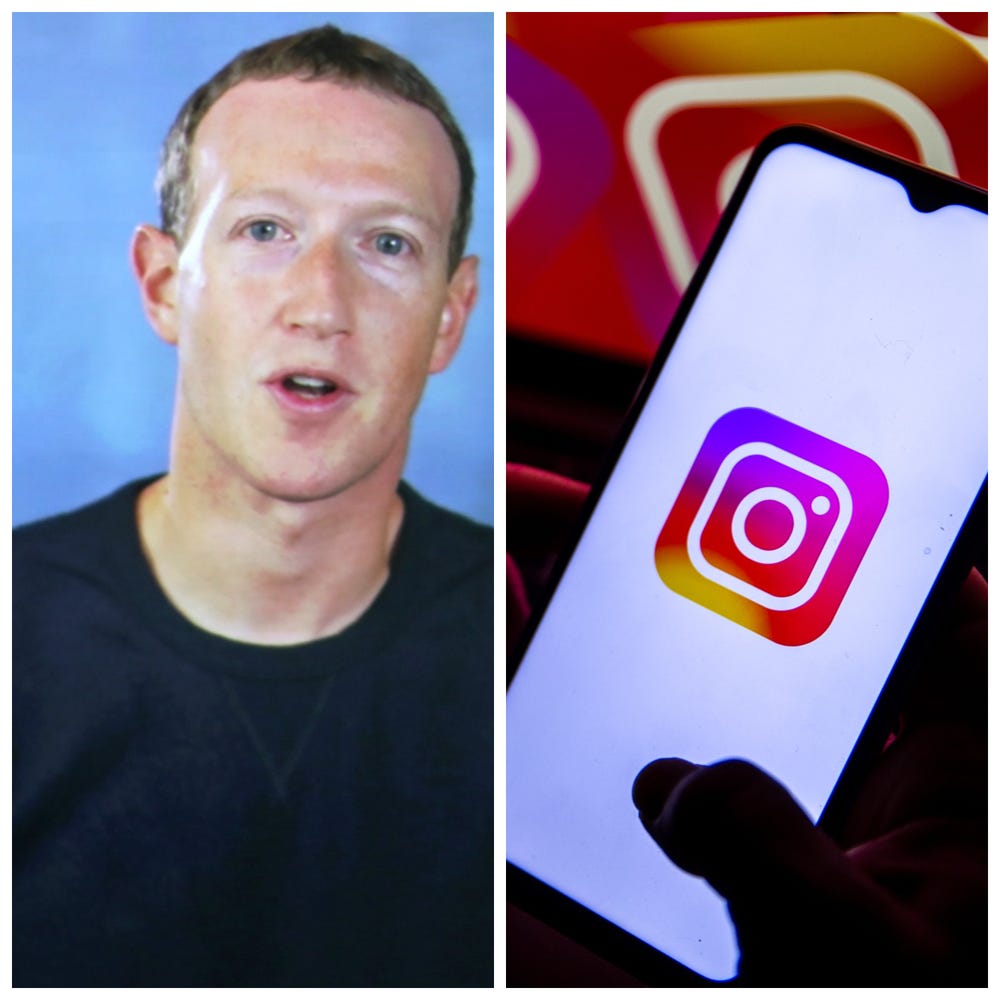
Newer articles
<p>Chinese officials say they "firmly oppose" the platform being divested.</p>
Ukraine ‘will have a chance at victory’ with new US aid, Zelenskyy says
Congress passes bill that could ban TikTok after years of false starts
Ukraine war: Kyiv uses longer-range US missiles for first time
How soon could US ban TikTok after Congress approved bill?
TikTok faces US ban as bill set to be signed by Biden
‘LOSING CREDIBILITY’: Judge explodes at Trump lawyers as case heats up
Claim rapper ‘made staff watch her have sex’
KANYE WEST PLANS TO LAUNCH 'YEEZY PORN' ... Could Be Coming Soon!!!
Trump lawyer tells SCOTUS that president could have immunity after ordering military to assassinate a political rival
